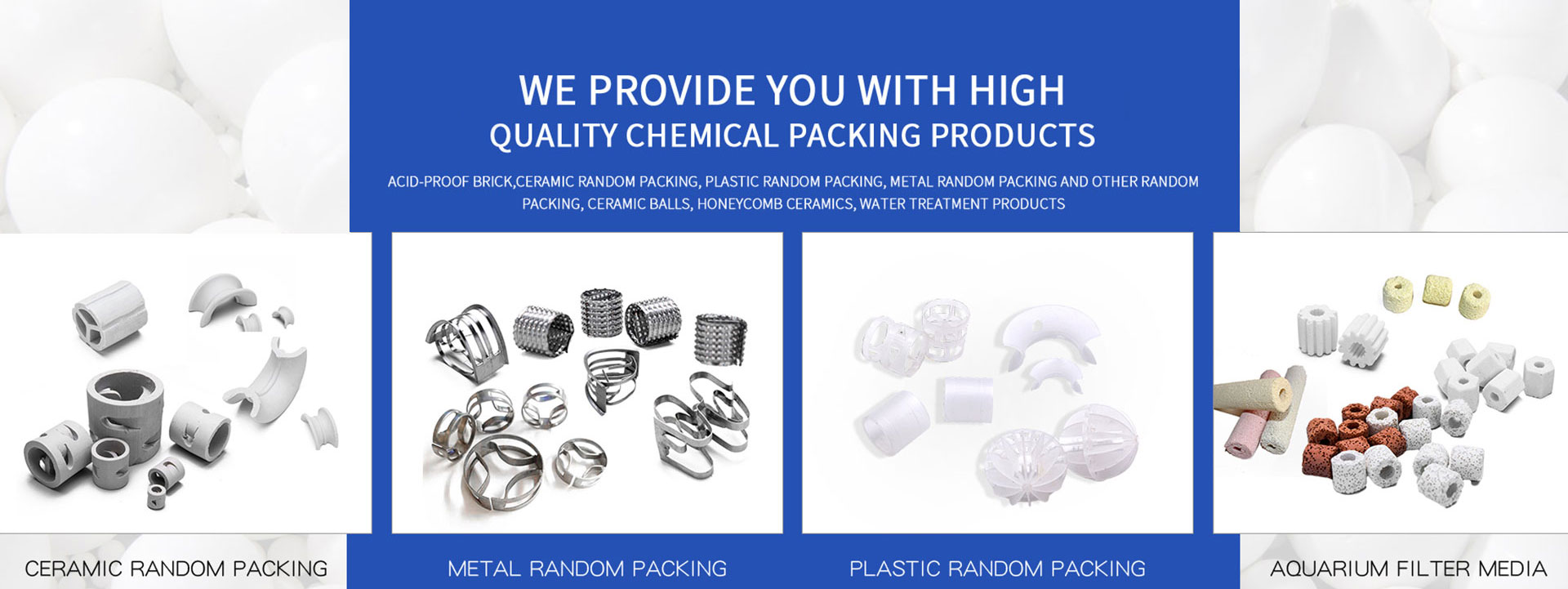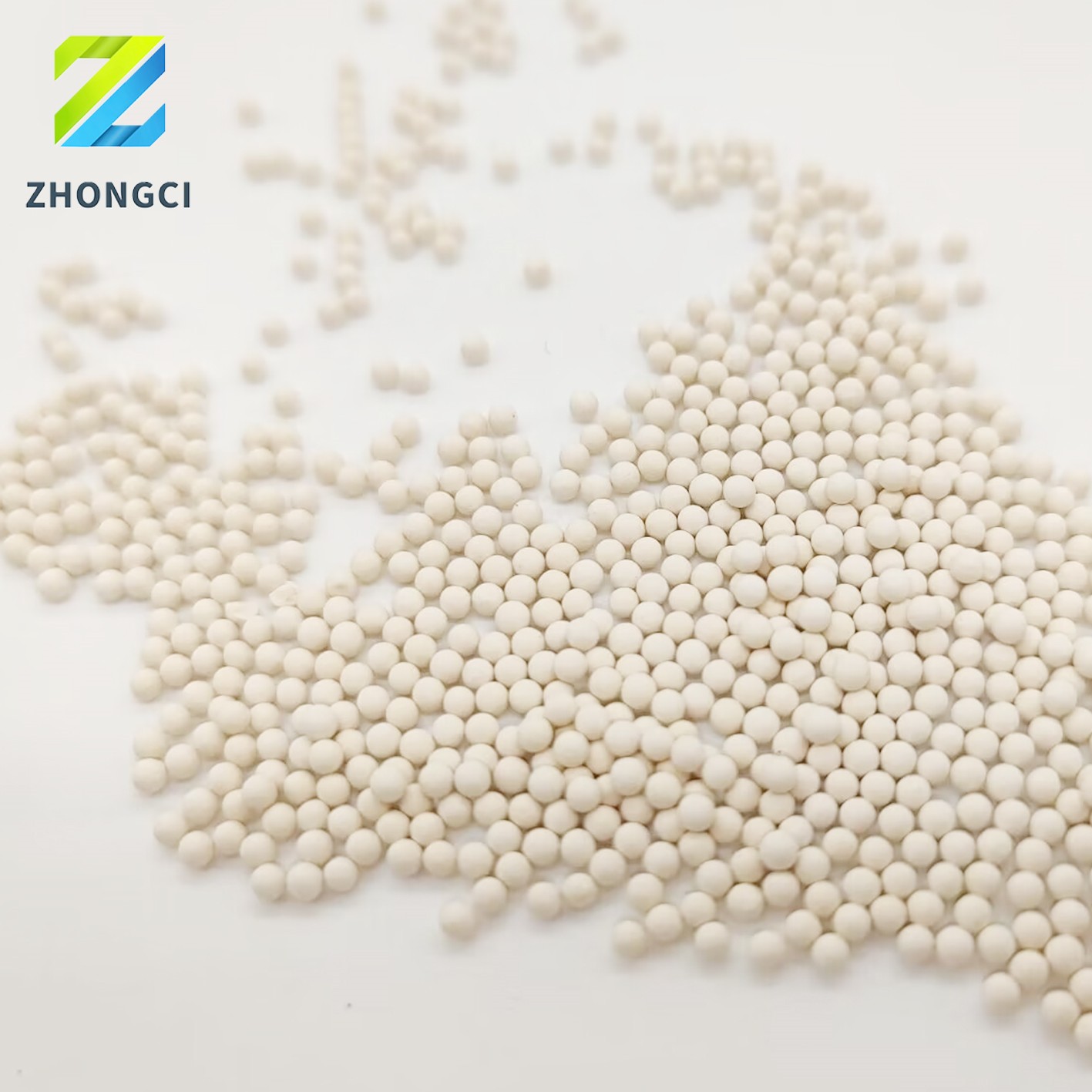


4A Molecular Sieve for drying natural gas
4A Molecular Sieve
Deep drying of gases and liquids such asair, Product namenatural gas, alkanes, andrefrigerants.
Static drying of pharmaceutical packaging.electronic components and perishable objectsPreparation and purification of argon.
Used as a dehydrating agent in paints, fuelsand coatings
Quick Details
Pore Size:
4-angstrom pore size, suitable for adsorbing small molecules like water, carbon dioxide, and small hydrocarbons.
High Adsorption Capacity:
Can adsorb up to 20-22% of its weight in water and other small molecules.
Selective Adsorption:
Adsorbs molecules based on size and polarity, making it ideal for specific separation and drying applications.
Thermal Stability:
Stable at high temperatures (up to 350°C), allowing for regeneration and reuse.
Chemical Resistance:
Resistant to most chemicals, except strong acids and bases.
Regenerability:
Can be regenerated by heating or pressure swing adsorption (PSA) processes.
Drying:
Used to dry gases and liquids, such as natural gas, refrigerants, solvents, and hydrocarbons.
Purification:
Removes water, carbon dioxide (CO₂), and other impurities from gas and liquid streams.
Air Separation:
Used in air drying systems to remove moisture and CO₂.
Petrochemical Industry:
Purifies olefins, paraffins, and other hydrocarbons.
Refrigerant Drying:
Dries refrigerants in air conditioning and refrigeration systems.
Insulated Glass Windows:
Used as a desiccant in double-pane windows to prevent fogging and moisture buildup.
Ethanol Dehydration:
Removes water from ethanol to produce fuel-grade ethanol.
High Efficiency:
Effectively removes water and small molecules from gas and liquid streams.
Selective Adsorption:
Adsorbs molecules smaller than 4 angstroms while excluding larger ones.
Regenerability:
Can be reused multiple times, reducing operational costs.
Thermal Stability:
Maintains performance at high temperatures.
Cost-Effective:
Provides long service life and low maintenance requirements.
Adsorption:
Molecules smaller than the pore size (e.g., water, CO₂) are adsorbed onto the surface of the sieve.
Separation:
Larger molecules are excluded, allowing for selective separation of gases or liquids.
Regeneration:
Adsorbed molecules are removed by heating (thermal regeneration) or reducing pressure (PSA), restoring the sieve's adsorption capacity.
| Property | 4A Molecular Sieve | 3A Molecular Sieve | 5A Molecular Sieve |
|---|---|---|---|
| Pore Size | 4 angstroms | 3 angstroms | 5 angstroms |
| Adsorption Capacity | High | High | Moderate |
| Applications | Drying, purification, gas separation | Drying of polar liquids (e.g., ethanol) | Gas separation, drying |
| Regeneration | Thermal, PSA | Thermal, PSA | Thermal, PSA |
| Cost | Moderate | Low to moderate | Moderate |
Thermal Regeneration:
The sieve is heated to 200-350°C to desorb trapped molecules.
Pressure Swing Adsorption (PSA):
The pressure is reduced to release adsorbed gases.
Vacuum Swing Adsorption (VSA):
A vacuum is applied to regenerate the sieve.
<< Previous page
Next page >>